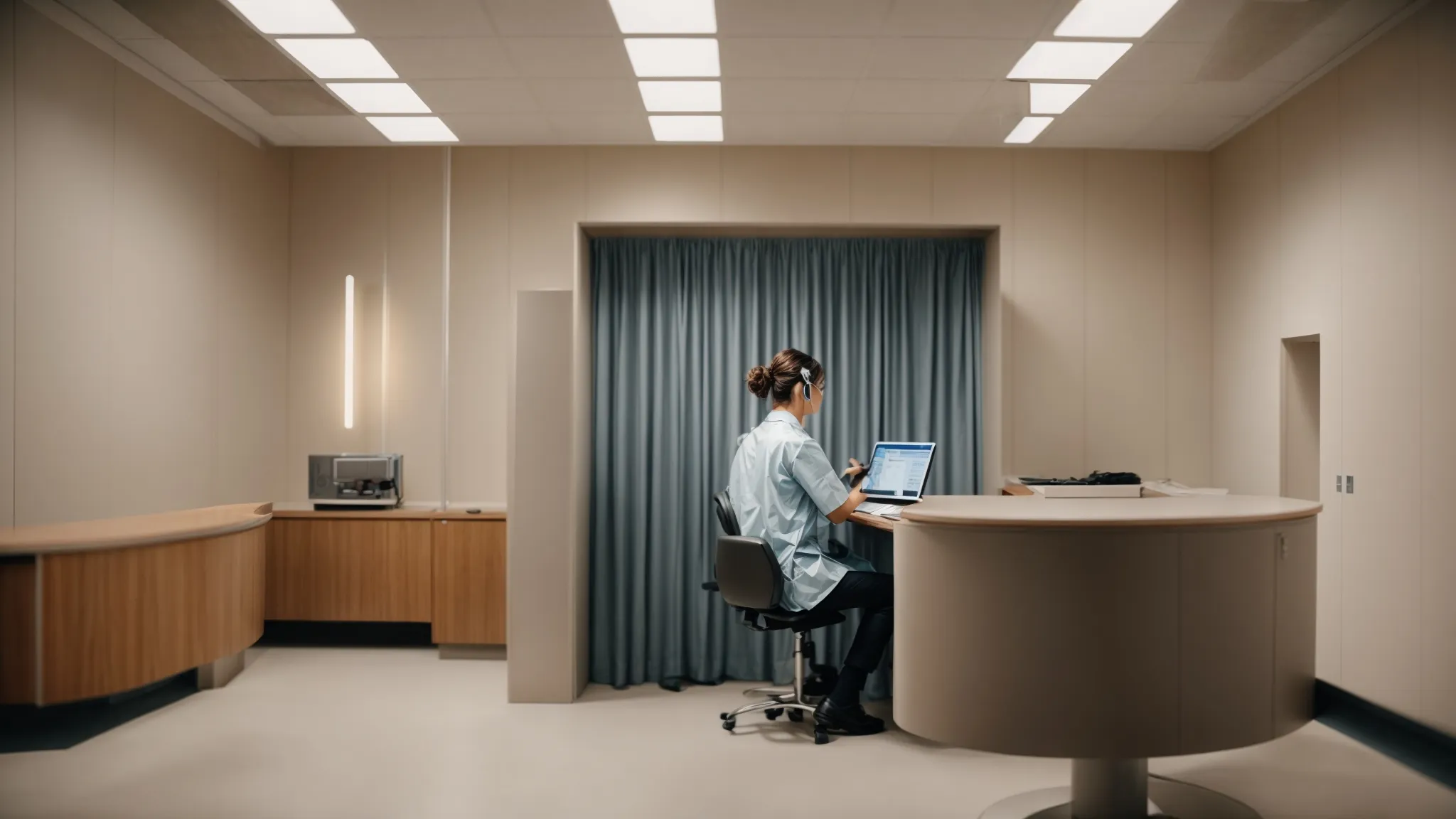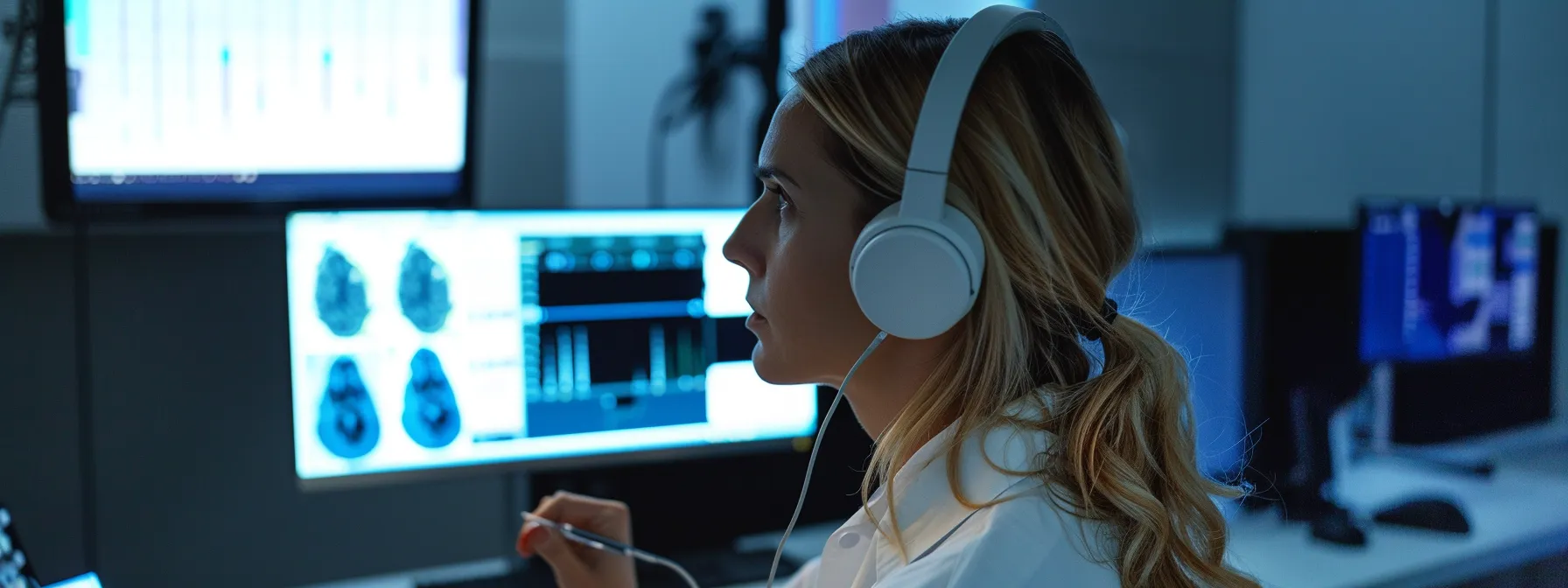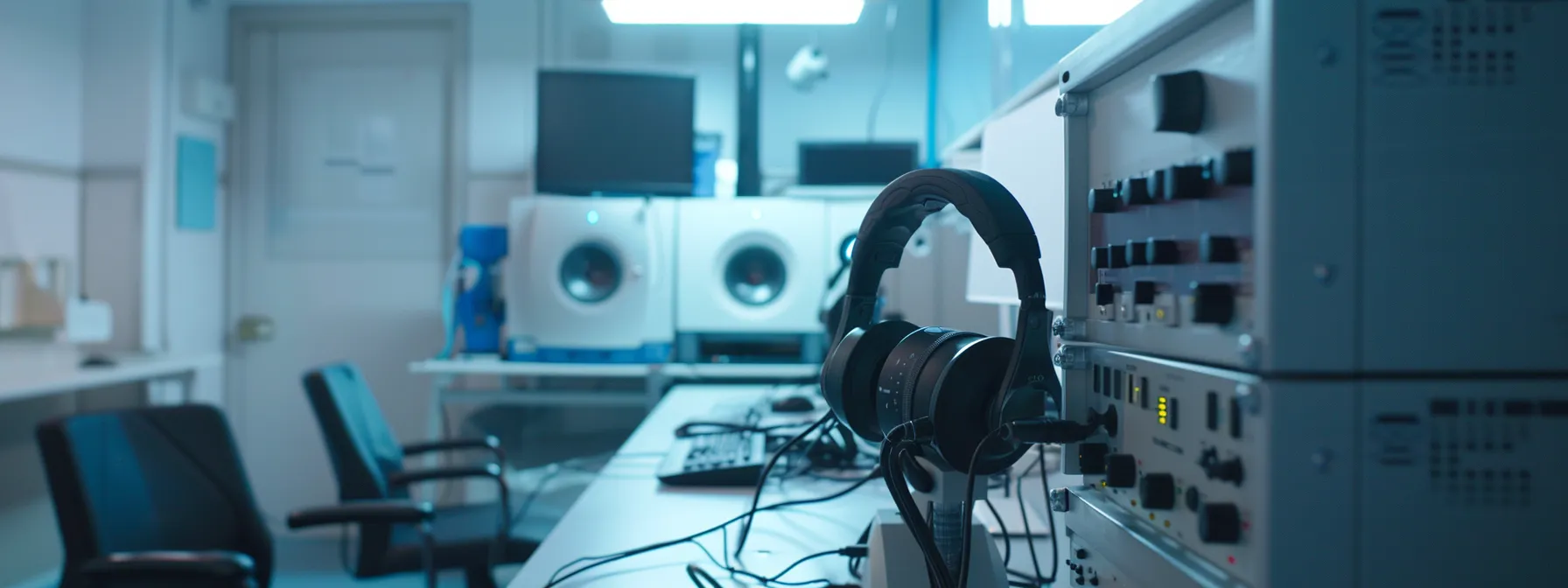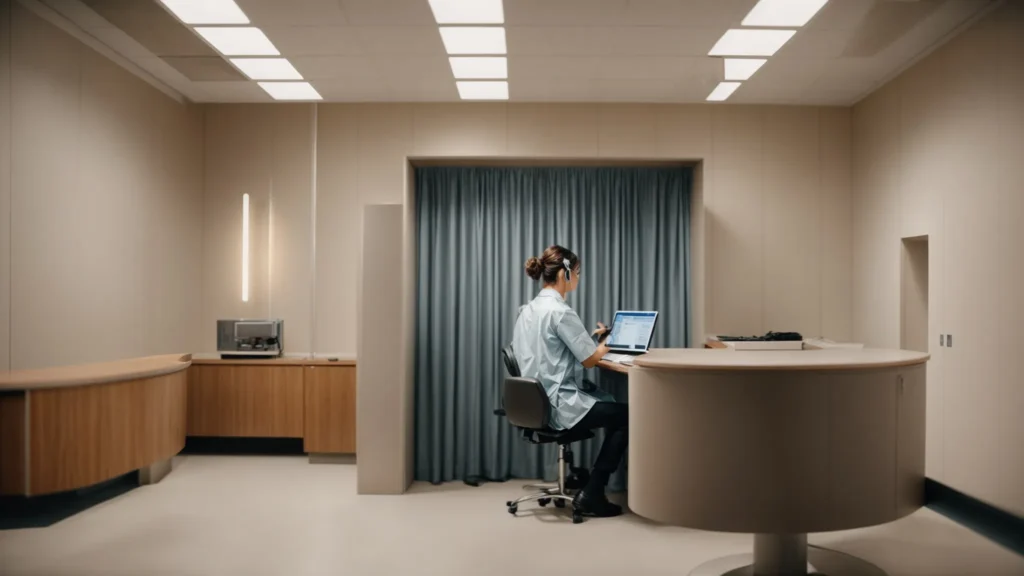
The Sound of Precision: Why Quality Audiometric Equipment Matters in Hearing Assessments
Advancements in audiometric technology have significantly improved the accuracy and reliability of hearing assessments. From screening newborns for potential hearing issues to helping adults manage age-related hearing loss, the role of sophisticated audiometric equipment cannot be understated. The precision with which these devices operate can mean the difference between a correct diagnosis and a missed one. Ensuring the use of high-quality equipment is paramount in the field of audiology. Keep reading to understand why the caliber of these instruments is so crucial in delivering trustworthy patient results.
The Significance of High-Quality Audiometric Equipment in Hearing Tests
The essence of conducting accurate hearing tests lies in the integrity of the audiometric equipment used. Optimal performance is required to ensure that the subtle nuances of sound are precisely captured and measured. Poor-quality instruments can lead to flawed test results, causing misdiagnoses that can affect a person’s quality of life and the treatment they receive.
In the realm of hearing assessments, the margin for error is exceedingly small. Utilizing premium audiometric equipment minimizes this error, allowing audiologists to detect even the slightest hearing impairment. Equipment with higher precision enables healthcare professionals to tailor rehabilitation or intervention strategies more effectively.
Moreover, utilizing top-tier audiometric devices enhances the patient experience. When clients see that healthcare providers invest in quality Audiometric Equipment, it instills a sense of trust and comfort, knowing that their hearing health is taken seriously. This heightened trust can lead to better patient cooperation and more accurate test results.
Achieving Accurate Hearing Assessments With Precision Audiometry
The realm of precision audiometry is where accuracy meets technology. When audiologists employ advanced equipment, they are better equipped to perform detailed assessments and make informed decisions regarding an individual’s hearing health. High-resolution equipment can pinpoint specific frequencies and decibel levels where hearing impairment occurs.
The precision of these assessments is particularly important for developing personalized hearing care plans. By accurately identifying a patient’s hearing profile, audiologists can recommend appropriate hearing aids or therapeutic interventions that target specific hearing loss patterns.
Moreover, precision audiometry is crucial when evaluating the effectiveness of hearing loss treatments. Sequential tests performed with high-quality equipment ensure that progress can be accurately monitored and treatment plans can be adjusted as necessary.
Audiometers with advanced features that minimize external noise and other interference factors result in the most dependable hearing thresholds being established. The clarity with which audiometric equipment operates directly contributes to the certainty of the diagnosis and subsequent care strategy.
The Impact of Advanced Audiometric Technology on Patient Diagnostics

As audiometric technologies evolve, so does the ability to conduct comprehensive auditory diagnostics. The development of sophisticated equipment featuring automated test sequences, enhanced frequency ranges, and better signal processing has revolutionized patient diagnostics.
Technological advancements have enabled audiologists to diagnose complex hearing conditions that may have been overlooked with older, less capable equipment. This leads to early detection and treatment, which is often critical in managing hearing health issues successfully.
The integration of digital technology in audiometric equipment also facilitates seamless data management and sharing among healthcare providers. This enhances collaborative care and ensures that information regarding a patient’s hearing health is readily accessible when needed.
Best Practices for Maintaining Audiometric Equipment Integrity and Performance

Maintaining the integrity and performance of audiometric equipment is a continuous process. Audiologists and healthcare facilities should adhere to the manufacturer’s recommended maintenance schedules to ensure equipment remains in optimal condition. Properly maintained equipment performs at its best and instills confidence in the accuracy of hearing tests.
Regular calibration is a non-negotiable practice in preserving equipment precision. Environmental factors such as temperature and humidity can impact the performance of audiometric devices. Scheduled calibrations, done annually or as otherwise advised, help to mitigate such effects.
Staff training is indispensable in maintaining the integrity of audiometric equipment. Personnel must be skilled in not just using the devices, but also in recognizing when equipment may require servicing or recalibration. A well-trained team can prevent equipment mishandling, which can lead to inaccurate results.
Proper handling and storage of audiometric devices protects them from unnecessary damage. Cases and protective coverings should be used whenever possible, and equipment should be stored in an environment that is conducive to its longevity, free from dust and moisture.
The indispensable nature of high-quality audiometric equipment in hearing assessments is clear. The precision and dependability it offers are essential for accurate diagnostics and effective patient care. A dedication to quality in every aspect of audiometric testing ensures that patients’ hearing health is appraised and managed with the highest level of professionalism and expertise.











